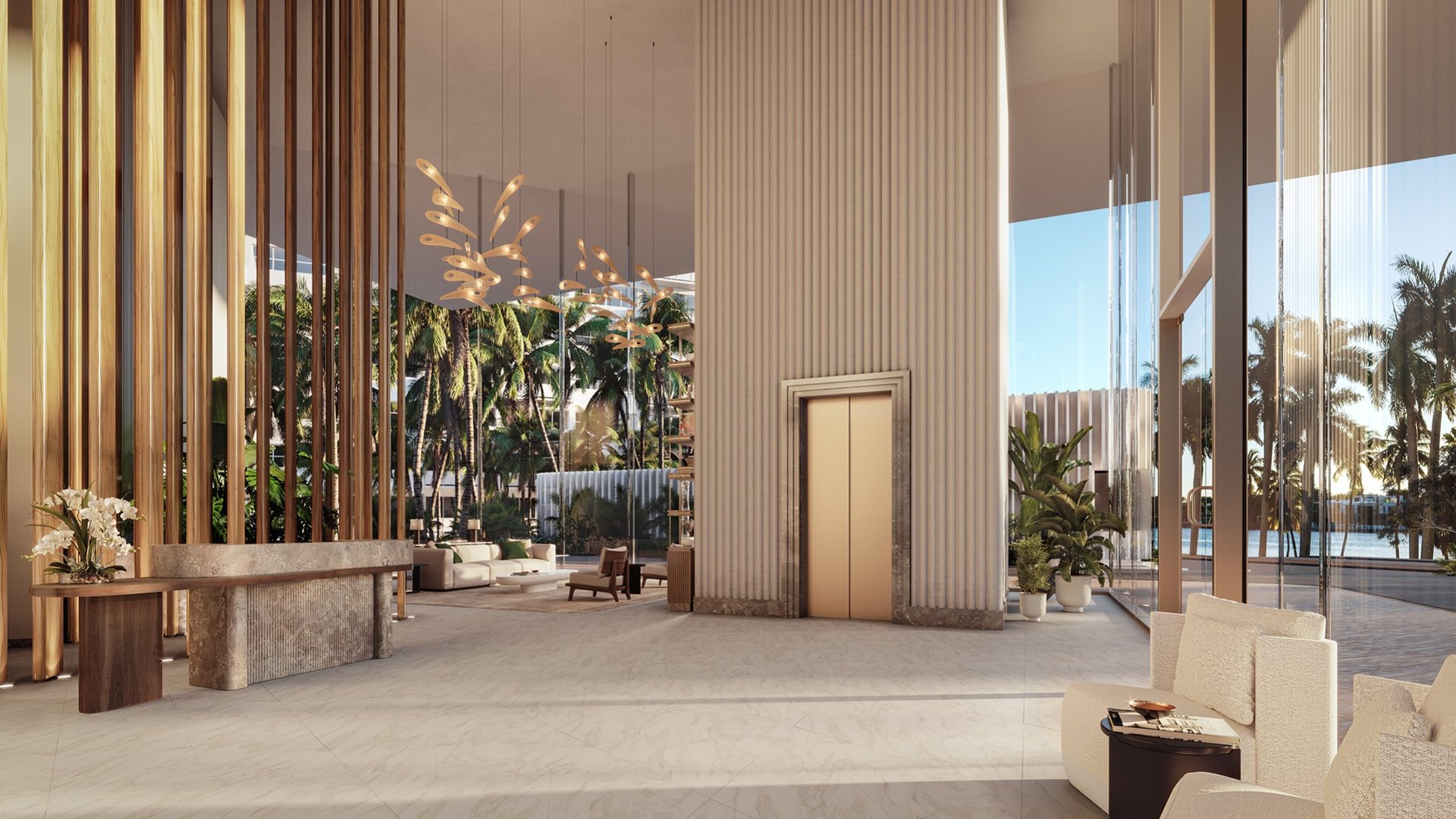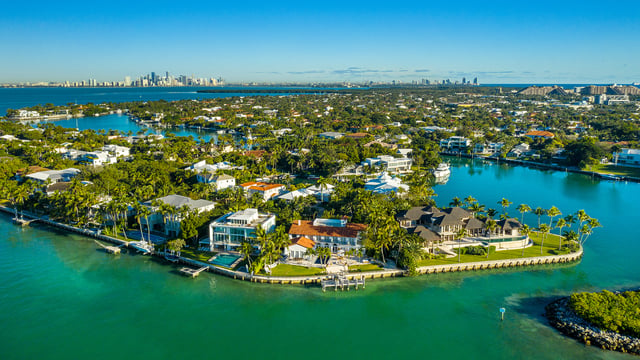
Art‑Ready Residences: In‑Home Galleries, Museum‑Grade Lighting & Safe Rooms — The Collector’s Checklist
Light, Climate & Glare: The Invisible Infrastructure
For serious collectors, art‑ready living begins with invisible systems: light quality, temperature, and humidity. Aim for consistent illuminance with high‑CRI sources (90+), tunable between day and evening scenes to respect pigment and texture. Shield direct sun with layered shading and UV‑filter assemblies. Target tight climate bands; many conservators recommend steady temperatures and relative humidity in the mid‑40s to low‑50s (percent), with minimal fluctuation. Air should be clean, quiet, and gently circulated. In contemporary towers such as The Perigon and Faena House, deep terraces and thoughtful glazing strategies help control glare while preserving horizon lines—a useful template when customizing interiors.
Walls, Loads & Display Strategy
Art wants structure. Before finalizing layouts, confirm wall construction, blocking, and point loads for heavy works. Gallery rails and concealed anchoring allow flexibility without scarring plaster. If the residence features a curtain‑wall perimeter, consider freestanding partitions or millwork “spines” to create sightlines and protect from solar gain. Ceiling height matters, but so does viewing distance—don’t crowd monumental pieces. Many owners weave display into living spaces rather than isolating works in a single room, using lighting control to shift from daytime understatement to evening exhibition.
Security, Logistics & Safe Rooms
A modern collection plan blends physical and digital layers. Discreet sensors and cameras should live behind clean details; robust access control and logging keep traffic transparent without feeling surveilled. Safe rooms—when desired—are best integrated early so that ventilation, communications, and structural reinforcement disappear into the architecture. Plan for professional art handling: dedicated receive‑and‑prep space, conditioned storage for crates, and service elevators that accommodate oversized formats. Waterfront addresses often pair these needs with private arrival sequencing, as seen in service‑forward towers like Aston Martin Residences and design‑driven Baccarat Residences Brickell.
Commissioning the Right Team
The most effective projects bring together a conservator, lighting designer, MEP engineer, and a contractor fluent in museum‑grade detailing. Establish maintenance protocols for filters, lamps, and sensors long before move‑in. Finally, remember the point: art should feel effortless at home. When the systems recede, the work speaks.
When you’re ready to assemble an art‑ready residence—calibrated to your collection and lifestyle—engage discreetly through Million Luxury.







